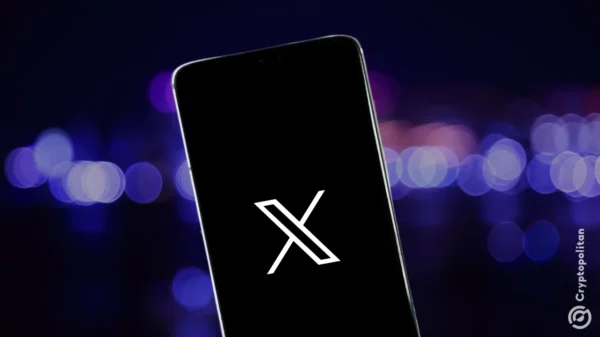In a landmark development within the institutional cryptocurrency sector, Bitmine has overtaken BlackRock to emerge as the largest known institutional holder of Ethereum (ETH). This significant accumulation, revealed through on-chain analytics and corporate disclosures, is set to alter the landscape of Ethereum”s market dynamics and institutional investment strategies.
The competition for Ethereum holdings among institutional players has intensified, with major firms like BlackRock previously making notable strides. However, Bitmine, recognized for its extensive mining operations and advanced digital asset management, has strategically accumulated a substantial amount of ETH. This has positioned them at the forefront of Ethereum ownership.
Although the precise figures are currently fluid, estimates suggest that Bitmine”s holdings now exceed 850,000 ETH, surpassing benchmarks previously set by BlackRock”s diverse investment vehicles. Their accumulation strategy appears to combine a long-term investment perspective with yield-generating opportunities, likely involving the staking of a significant portion of their ETH to enhance network security while earning rewards.
The increase in scrutiny surrounding institutional balance sheets, especially in late 2025, has provided greater transparency regarding these holdings. Analysts utilizing on-chain data have been able to construct a clearer picture of the evolving landscape of institutional Ethereum ownership.
This shift in leadership among institutional ETH holders carries vital implications for the broader Ethereum ecosystem. Bitmine”s extensive stake may impact market stability and liquidity and could influence future governance proposals within the network. The concentration of ETH under the management of a dedicated, crypto-native entity could serve as a stabilizing force against market volatility, especially if Bitmine adopts a long-term holding strategy.
Moreover, Bitmine”s aggressive accumulation acts as a robust endorsement of Ethereum”s future potential, possibly enticing other institutional investors who have been hesitant to enter the market. The concentration of such a large portion of the circulating supply in strong hands might also tighten availability for retail and smaller institutional investors, potentially leading to upward price pressure.
However, while this development is promising for price stability, it raises concerns among some critics regarding the centralization of power within a crypto-native firm that advocates for decentralization.
Bitmine”s strategy encompasses more than just accumulation; their dual role as a leading miner and a top holder uniquely positions them to capitalize on both mining and staking revenues, as well as participate actively in Ethereum governance. This comprehensive strategy reflects a growing trend among crypto-native institutions to achieve vertical integration within the digital asset economy.
Even though BlackRock has lost its top position, its significant Ethereum holdings continue to signify traditional finance”s firm commitment to digital assets. This new development may prompt BlackRock to reassess its accumulation strategy or to focus more on other segments of the cryptocurrency market, such as Real-World Assets (RWAs) or innovative DeFi initiatives. The heated competition among institutional players to secure dominant positions in essential digital assets indicates a maturing market.
In conclusion, Bitmine”s rise as the largest known institutional holder of Ethereum represents a pivotal moment, reshaping the narrative surrounding institutional crypto adoption. This event underscores the significant value that institutions attribute to Ethereum and highlights the increasing sophistication and influence of crypto-native firms. As the digital asset landscape evolves, the strategic moves of these major holders will undeniably influence market trends and the future trajectory of decentralized finance.






































































